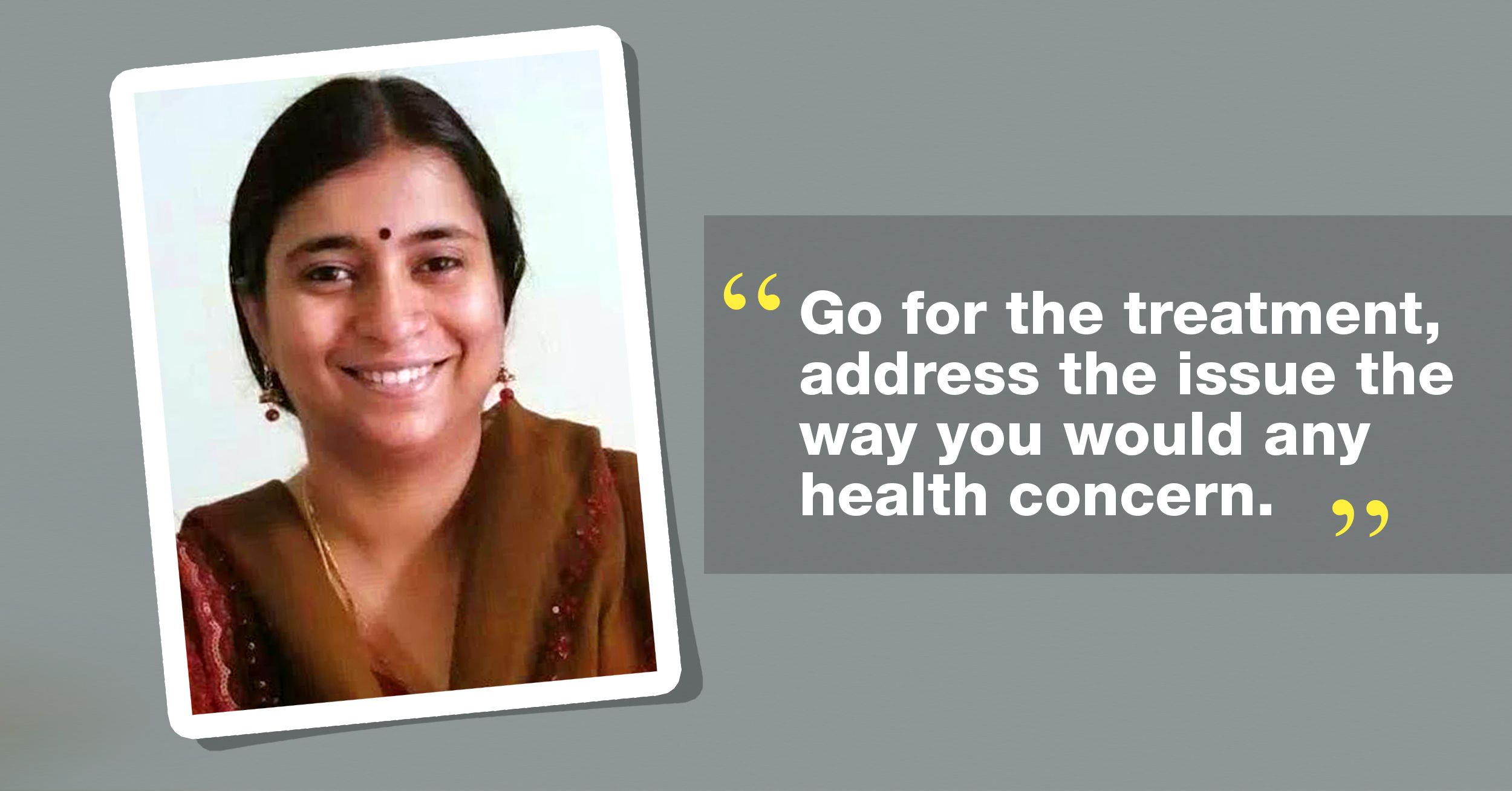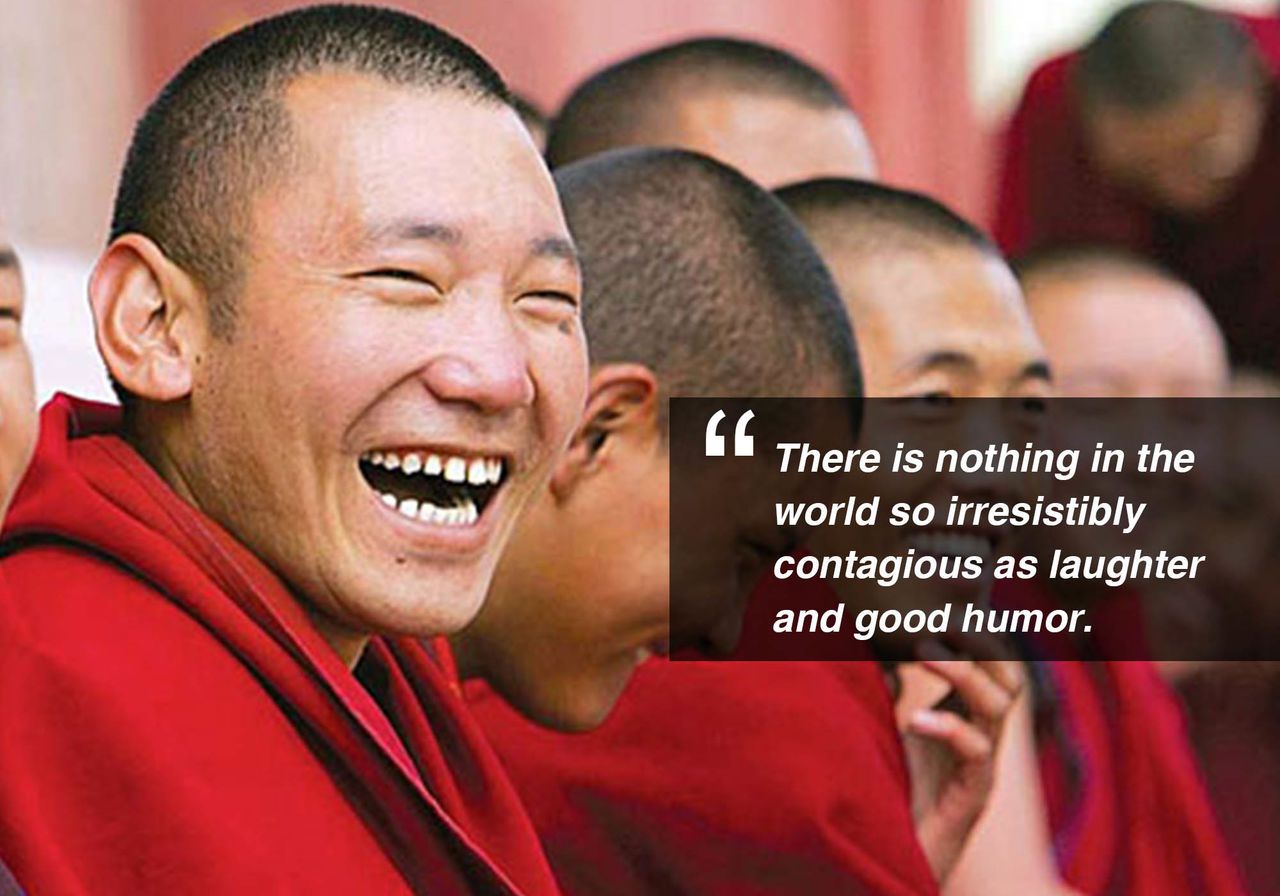Face is the index of mind. Yes! I know everyone knows this but what’s the real meaning behind it? Is there any scientific evidence to support it? Indeed there is. Scientists believe that our face reflects what’s happening in our mind and it even has the ability to change the emotional state of it. That means if you frown in a happy situation your mind thinks you are sad.
This applies to laughter also i.e. When you laugh in a stressful situation your mind releases endorphin and inhibits your stress thinking you are happy. Taking advantage of this phenomenon Laughter Therapy exercises are designed to free you from stress and promote your well-being. Lets dive into how Laughter Therapy is done.
Contrary to what many of us think laughter therapy is not laughing right away from beginning to end. Instead it’s done in three phases focussing more on enjoyment and good feeling. Generally these exercises are done outdoors like parks.
Number 1 – Phase-I:
The session starts with clapping of hands in a rhythm to activate acupuncture points and activate people for further phases. Eye-contact is maintained during all phases.
Number 2 – Phase-II:
Deep-breathing exercises are recommended during this phase. It helps lighten the mood and relax your lungs. These exercises help us increase focus on our day-to-day activities.
Phase-III:
This phase we are right! Laughing like a child playfully without any reason is the main aim of this phase. To achieve this several methods are employed. Different kinds of laughter in this phase include:
Number 3 – Hearty Laughter:
Spread the arms up, pointed to the sky, with head tilted a little back or with chin raised; laugh heartily. Direct your laughter to come straight from your heart. Arms can be brought down as needed.
Number 4 – Imitation Laughter:
Imitate someone else’s voice you think is funny, such as a celebrity.
Number 5 – Embarrassing Scenario:
Recalling an embarrassing incident and retelling it, laughing at the end or throughout hysterically out of embarrassment or nervousness.
Number 6 – Dyslexic Laughter:
swing both hands gently from side to side chanting ho ho ha ha ha, which engages both left and right brains.
Number 7 – No-Sound Laughing, Silent Laughter.
Nasal laughing
Number 8 – Celebration laughter:
Share any tiny incident, that is worth celebrating, with the group and start laughing in enjoyment.
Number 9 – Silly Laughter:
Helps us identify and confront our personal limitations and uneasiness in acting and appearing silly. Act like you did as a child and observe whether it is enjoyable and comfortable for you. Explore the absurd, the ridiculous and the unbelievable.
Number 10 – Swinging Laughter:
This has a lot of playfulness. All the members move outwards by two meters to widen the circle. On instruction from the anchor person people move forward by making a prolonged sound of Ae Ae- Aeeeee, simultaneously raising the hands and they all burst into laughter while meeting in the center and waving their hands. After the bout of laughter, they move back to their original position. The second time they move forward by saying Oh- Oooooo and burst into laugh.
These are only a few among a lot of exercises available. You needn’t stick to these only but make your own ways to explode in laughter. Laugh your way through stressful situations.



